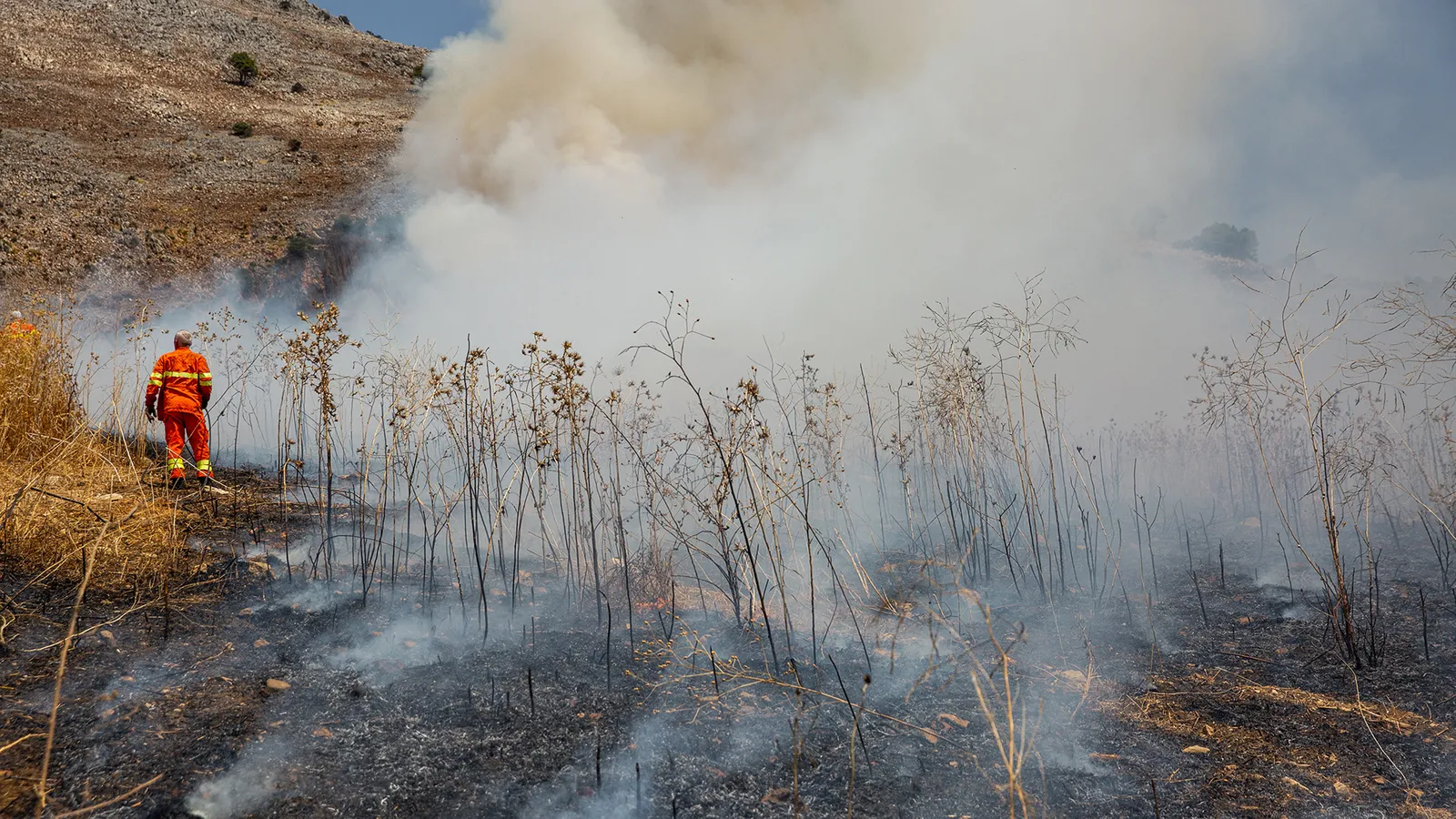Wildfires: The changing face of the Mediterranean landscape
Heatwaves across southern Europe have brought devastating wildfires to the region. How is the Mediterranean's vegetation likely to recover and adapt as climate change increases the risk of these blazes?

The contrast is stark – where vast swathes of land were once rich with life, they are blackened and smouldering ruins, decimated by fire. In just 12 days, 135,000 hectares (521sq miles) of land were left burnt in southern Europe after fires broke out in mid-July. Italy and Greece were worst hit, including the islands of Rhodes, Corfu and Sicily.
Wildfires, supercharged by strong winds and a heatwave with temperatures exceeding 40C (104F), have left the land scorched, at least 40 people dead and thousands more forced to flee. On the opposite side of the Mediterranean huge wildfires in Algeria and Tunisia have claimed dozens of lives and led to widespread evacuations.
While the homes and lives devastated by the flames will take time to recover, there are also questions about how the habitats left scorched in their wake will be restored, especially with the growing threat of more wildfires each year due to climate change.
Wildfires have always been part of the life-cycle of Mediterranean ecosystems, but faced with ever-larger, more intense fires, can they keep rising from the ashes? Or are we witnessing a permanent change in the Mediterranean landscape?
"Mediterranean ecosystems are designed to burn," says Jenny Williams, a senior spatial analyst at the Royal Botanic Gardens in Kew, London, UK. Williams uses remote sensing – such drone or satellite imagery – to map changes in vegetation following forest fires. Wildfires, she says, are an important and natural occurrence. In fact, without fires, some species would cease to exist.
"[Many species have] hard casing on the seeds that don't release until fire ignites. Then, after a fire, you get this massive explosion of seedlings," she says.
-bbc







